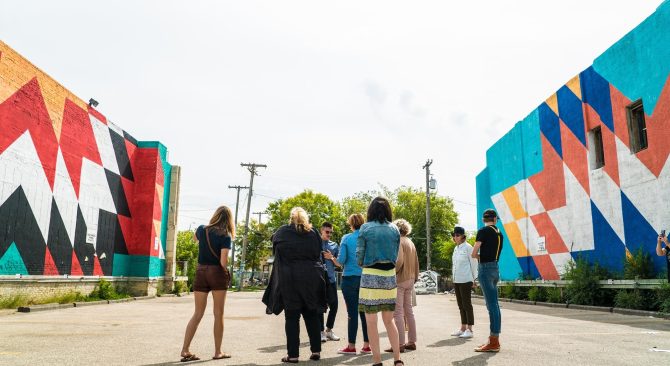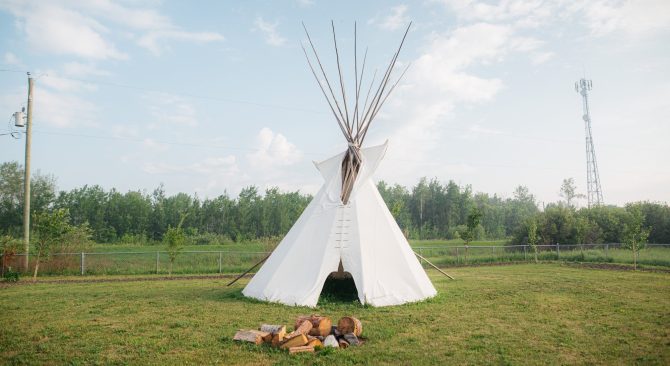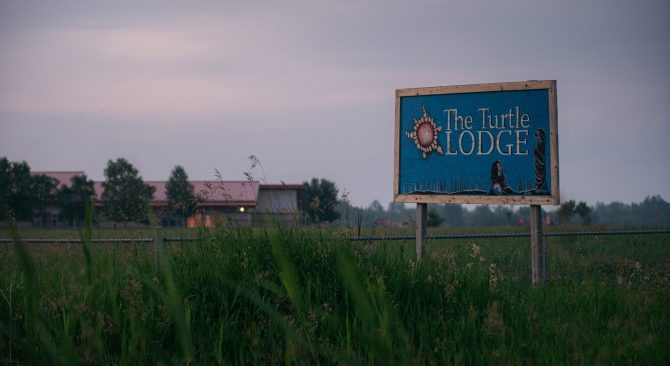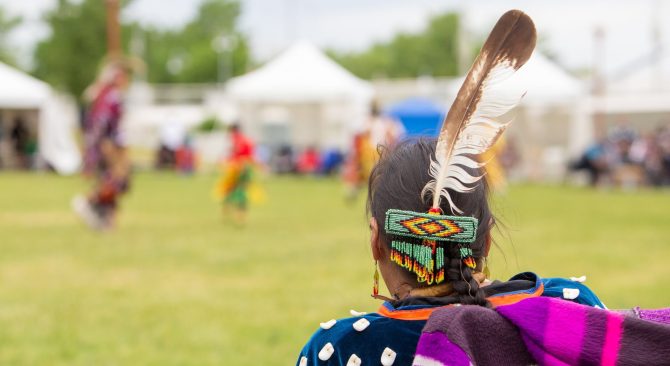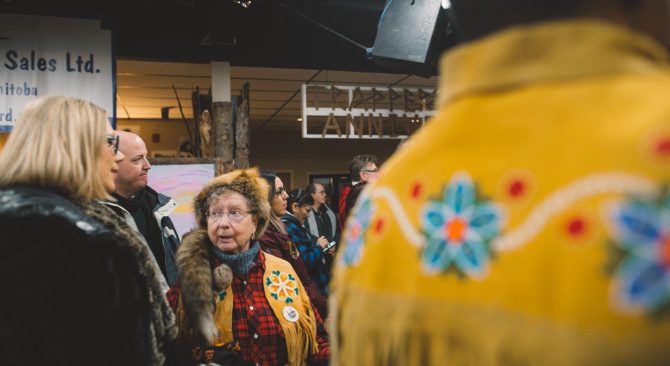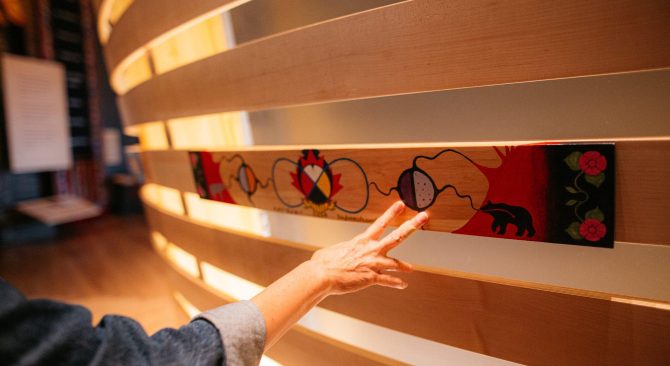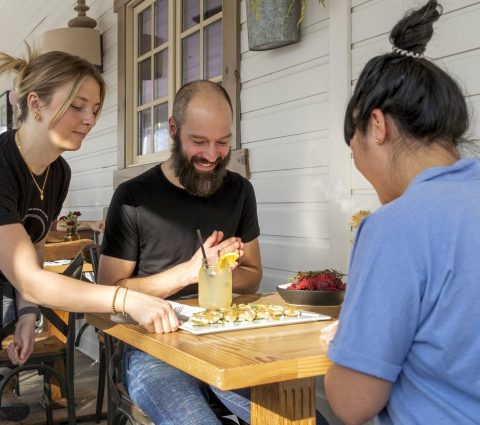- Things To Do
- Events
- Food & Drink
-
Places To Go
- Winnipeg
- Churchill
- Eastern Region
- Central Region
- Interlake Region
- Parkland Region
- Western Region
- Manitoba North
- Must-See Destinations
-
Itineraries
- Island Getaway on the Prairies
- Wheat City Wanderings in Brandon
- Escape to the water and the wild
- St. Boniface Winter: Passion and History
- Follow the path to a story in Neepawa
- Unleash your inner Viking this winter
- Explore Clear Lake this winter like never before
- Breathe in the Whiteshell this winter
- Go North for a boreal forest escape
- Treaty Areas
- Where To Stay
- Trip Essentials
- #ExploreMB Blog
Navigation Options
- FREN
- Things To Do
- Events
- Food & Drink
-
Places To Go
- Winnipeg
- Churchill
- Eastern Region
- Central Region
- Interlake Region
- Parkland Region
- Western Region
- Manitoba North
- Must-See Destinations
-
Itineraries
- Island Getaway on the Prairies
- Wheat City Wanderings in Brandon
- Escape to the water and the wild
- St. Boniface Winter: Passion and History
- Follow the path to a story in Neepawa
- Unleash your inner Viking this winter
- Explore Clear Lake this winter like never before
- Breathe in the Whiteshell this winter
- Go North for a boreal forest escape
- Treaty Areas
- Where To Stay
- Trip Essentials
- #ExploreMB Blog
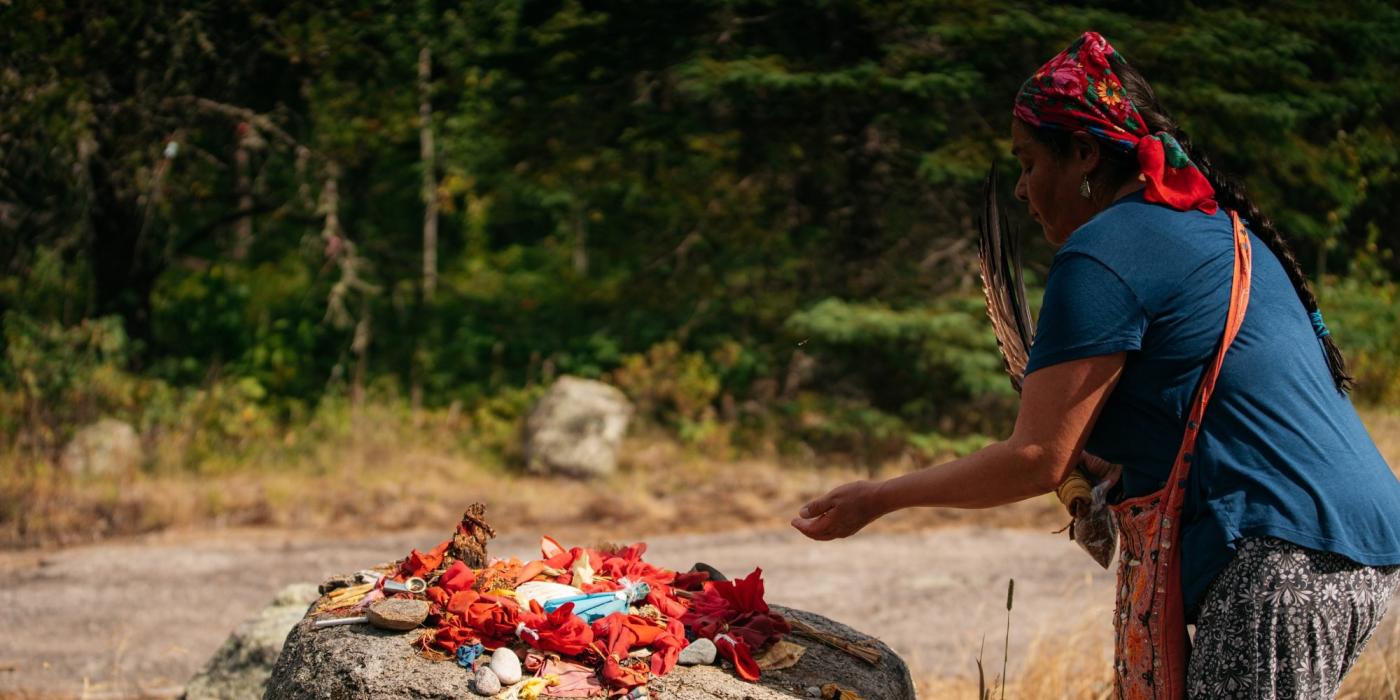
Treaty Areas
We Are All Treaty People
Manitoba is located on the ancestral land of the Anishinaabeg, Anishininewuk, Dakota Oyate, Denesuline and Nehethowuk Nations and is the Homeland of the Red River Métis. Northern Manitoba includes lands that were and are the ancestral lands of the Inuit.
Travel Manitoba respects the spirit and intent of Treaties and Treaty Making and remains committed to working in partnership with First Nations, Inuit and Métis people in the spirit of truth, reconciliation and collaboration.
Manitoba's ongoing existence is thanks to these ancestors and their present-day relatives, who continue to love and care for the land. Acknowledging these original caretakers is a reminder of our unique heritage, our important relationships, and our obligations to and shared responsibilities with Indigenous peoples.
Numbered Treaties In Manitoba
Treaty No. 1
Treaty No. 1 was negotiated and entered into in August 1871 at Lower Fort Garry. Among the communities sharing obligations and benefits of Treaty No. 1 are: Winnipeg, Brandon, Portage La Prairie, Selkirk, Steinbach, Grand Beach, Emerson, Winkler and more.
Treaty No. 2
In August 1871, Treaty No. 2 was negotiated and entered into at Manitoba House. Brandon, Dauphin, Minnedosa and Virden are among those who share in the obligations and benefits of Treaty No. 2, which also encompasses Riding Mountain National Park.
Treaty No. 3
Manitoba’s Buffalo Point First Nation is a party to Treaty No. 3, which lies mostly within Ontario. This treaty was negotiated and entered into in 1873. Falcon Lake and most of Whiteshell Provincial Park are within the Treaty No. 3 area.
Treaty No. 4
A small part of western Manitoba falls within Treaty No. 4, including the communities of Mafeking and Swan River among others. Most of Treaty No. 4 is found in Saskatchewan, where this treaty was negotiated and entered into at Fort Qu’Appelle in 1874.
Treaty No. 5 & No. 5 Adhesion
Treaty No. 5, concluded at Berens River in 1875, was negotiated and entered into by the largest number of First Nations communities within Manitoba at different locations and times. It includes the Manitoba communities of The Pas, Wabowden, and more.
Treaty No. 6 Adhesion
Two Manitoba First Nations negotiated and entered into Treaty No. 6 (most of which exists in Saskatchewan) in 1876. Among the Manitoba communities that share in the benefits and obligations of Treaty No. 6 are Charles, Ruddock and Sherridon.
Treaty No. 10 Adhesion
Barren Lands and Northlands First Nation communities are covered by 1906's Treaty No. 10. While there are no Manitoba communities established this far north, we all still benefit from the Treaty because of development and resource extraction in the area.
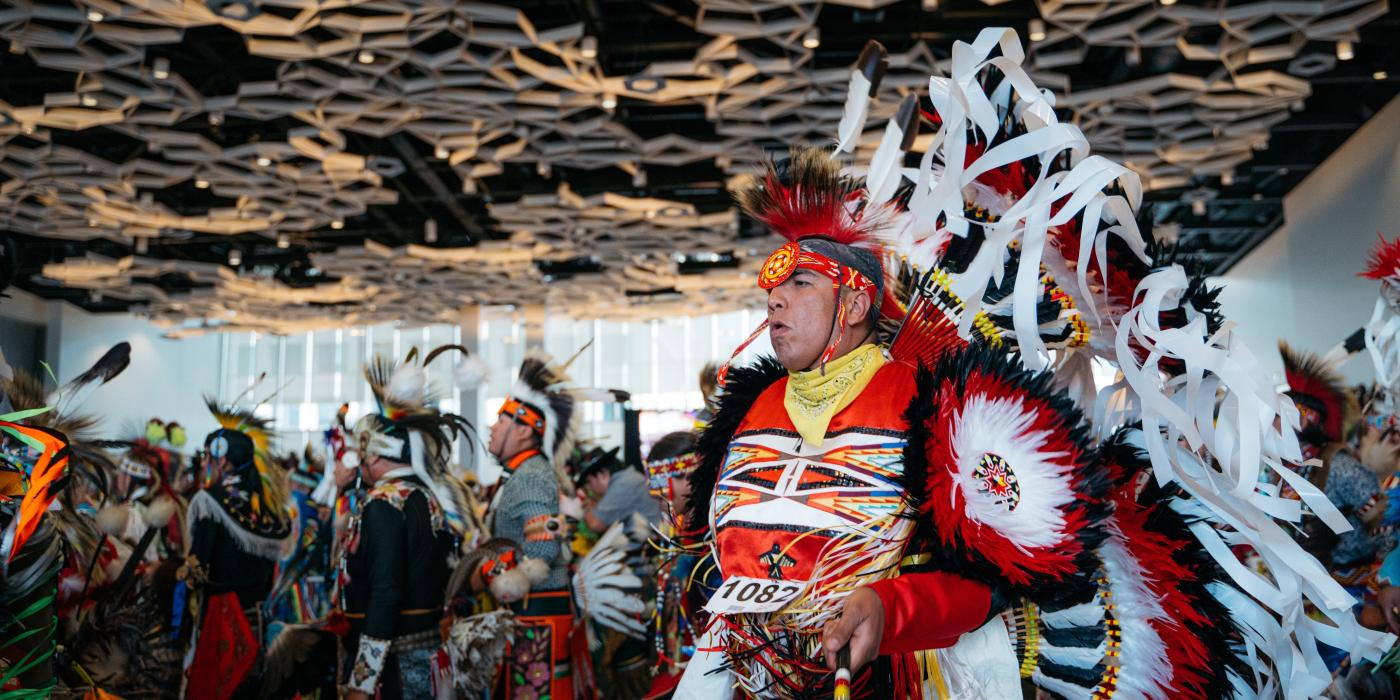
Indigenous Experiences
Indigenous culture isn’t just a part of Manitoba’s past: it is alive and well in many experiences across the province.
